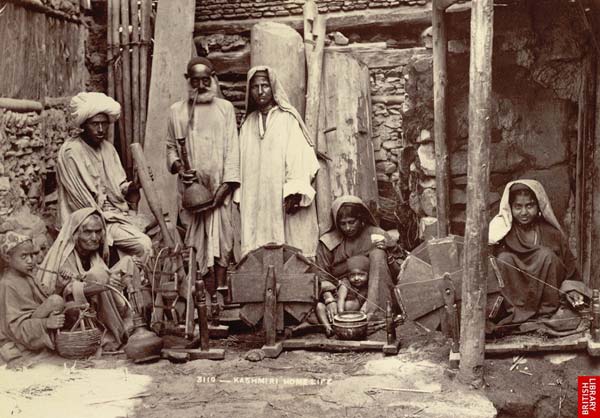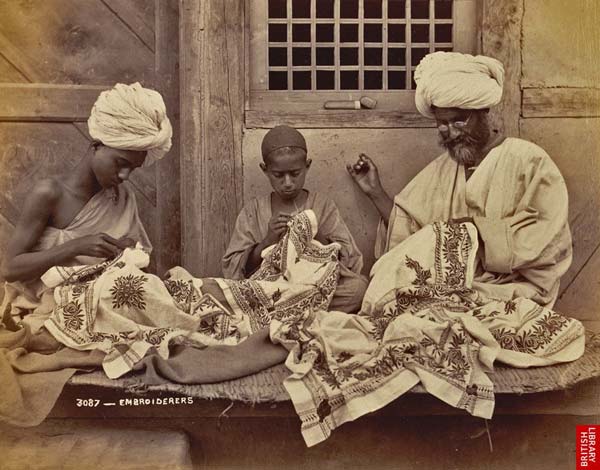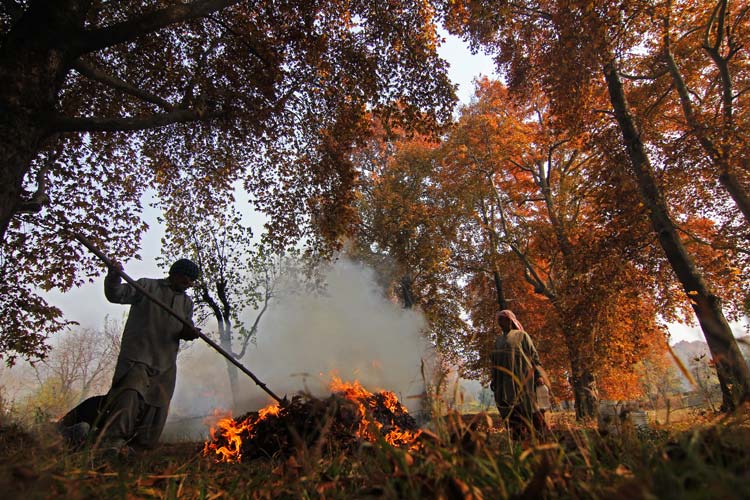
Kashmiri craftsman used to make the best Shahtush shawls – considered one of the finest fabrics in the world. A ban on trade of Shahtush shawls and the failure to rear the Chiru antelope has helped in disappearance of Shahtush. A Kashmir Life report.
The ‘ring shawls’ that became a fad after they were endorsed by Napoleon’s fashionable wife Josephine, were weaved from Shahtus – the ‘king’ fibre which is seven times thinner than human hair. It remained a huge foreign exchange earner for Kashmir and mainstay of the labour intensive handicraft sector, actually playing second fiddle to the carpet.
After ruling the fashion markets for over 500 years, the fibre is banned in 163 countries. Since the fibre is being sourced from the undercoat of Chiru, the high altitude goat endemic to Tibetan plateau, wildlife experts said massive demand for Shahtus has played havoc with the animal’s population. The US biologist Dr George Scheller who did extensive research in Tibet, witnessed the animal being slaughtered and it triggered a worldwide concern and eventual ban in 2002.
Kashmir trade and the government fought its bit. Its argument was that little, shy goat is not being killed for the fleece. Instead, the goat during summer migration to Changthang belt of Ladakh sheds it by rubbing itself with the rocks. The local goat-herders gather it and sell. They said the dead animal’s fibre does not usually go into the shawl making. It was, they said, actually the gold miners in the plateau who would kill the animal for the meat.
Finally they said China’s ambitious railway project to Tibet could have been a reason for kicking the goat to endangered level. But the conservationists asserted three animals die for each shawl.
Initially, state’s policy makers toyed with the idea of captive breeding. They even constructed a building in Leh for this purpose. In 2003, SKUAST framed a Rs 2.50 crore project that New Delhi approved.

Finally Beijing was approached to offer the mother-stock. It rejected saying since the goat’s breeding biology is unknown, the migratory creature inhabiting 5000 meters above sea level may not survive in captivity at 3000 meters. It said that not a single zoo in the world has the antelope. Technically for captive breeding of Appendix I species of Convention on International Trade in Endangered Species (CITES) would need approval by member countries which is not possible. The idea died there and then.
Experts said all earlier efforts to breed the goat in captivity have failed. First governor general of British India Warren Hastings made two unsuccessful bids in 1774 and 1783 but the animals died.
The Shahtus ban had a huge impact. Around 32,000 people (according to a joint 2001 survey of International Fund for Animal Welfare and the Wildlife Trust of India) have suffered economically. After the proud Shahtus Shawl owners were listed and issued peculiar identities, a number of traders intended to sell their stocks. A number of them are rotting in the jails for many years now after they were caught outside J&K and charged under stringent wildlife preservation laws.
Trade seems not to have forgotten the idea of the ring shawl. But there are not many options. The only one is commercial farming or the ranching akin to reindeers in Scandinavia or the buffalo in US. But making it possible at inhospitable terrains will cost a fortune. And that can’t be done without China that owns 98 percent of the Chiru population.















